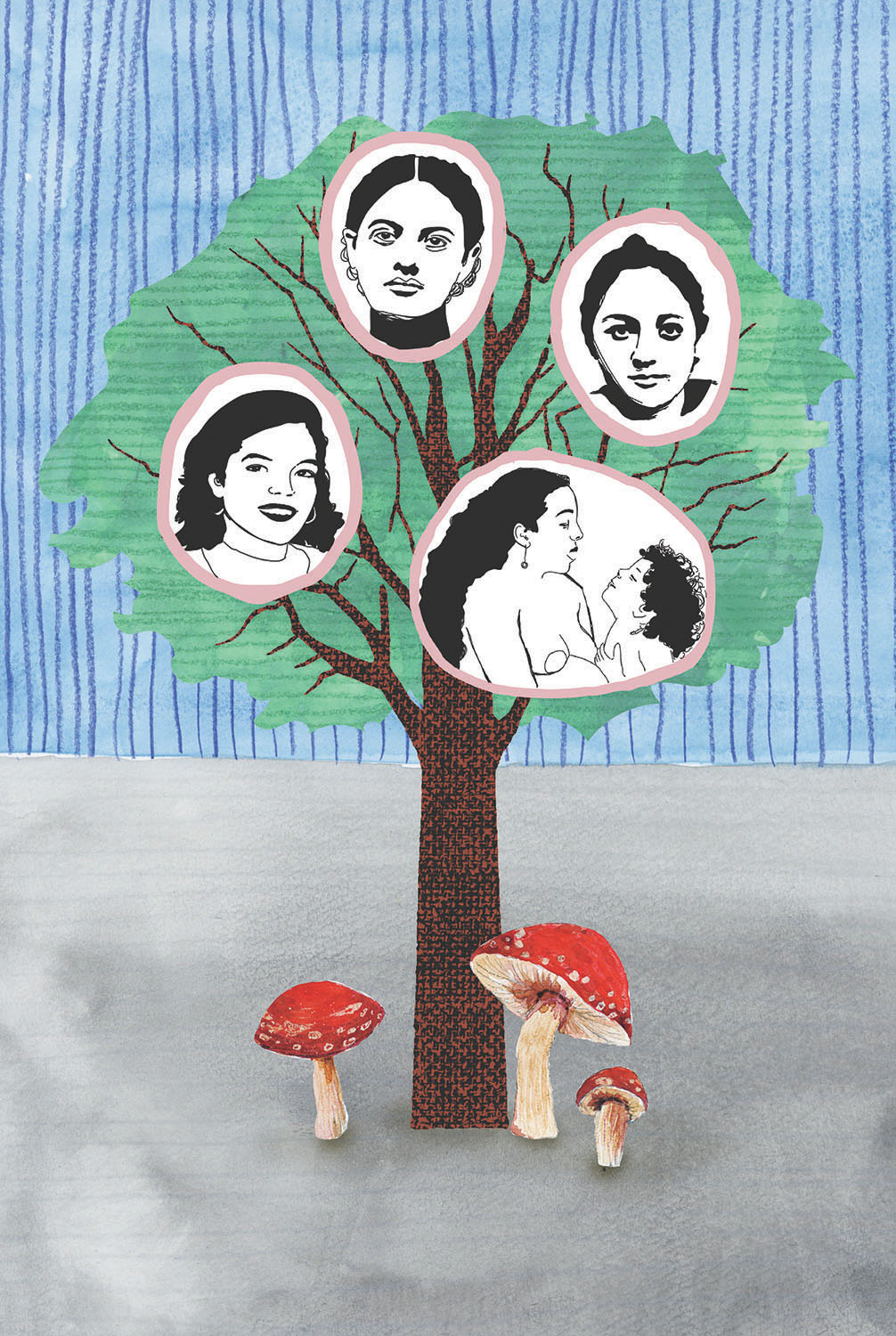Image


You should really subscribe now!
Or login if you already have a subscription.
Erin Williams is the author and illustrator of Commute: An Illustrated Memoir of Female Shame (Abrams, 2019) and the coauthor and illustrator of How to Take Care (TarcherPerigee, 2022) and The Big Activity Book series.